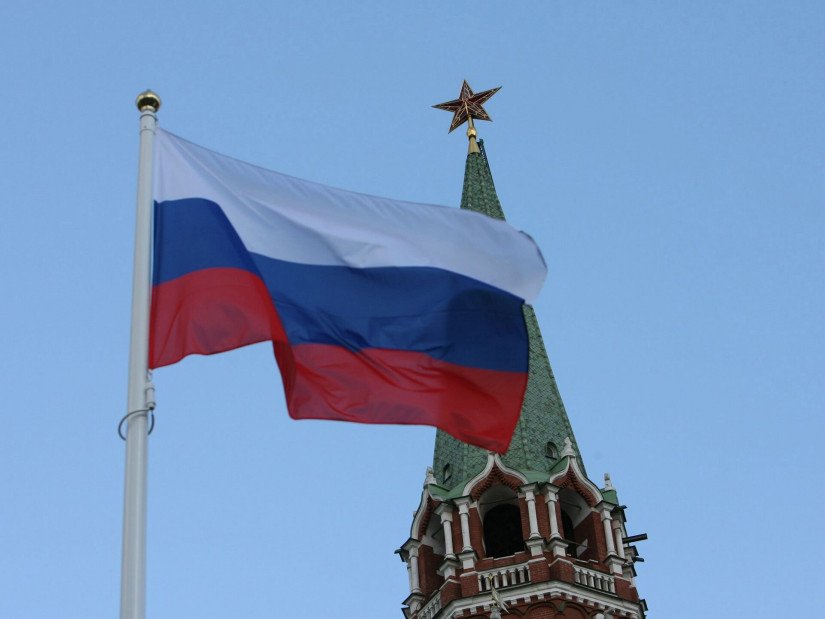On April 24, 2025, Russia plans crypto exchange to launch a state-backed platform, exclusively for high-net-worth investors, as part of a strategic move to integrate cryptocurrency into its financial system. The initiative, confirmed by the Russian Ministry of Finance and Central Bank on April 23, 2025, restricts access to investors with portfolios exceeding 100 million rubles (~$1 million). Operating under a tightly regulated experimental framework, this exchange aims to legitimize crypto activities while maintaining strict oversight. This article explores how Russia plans crypto exchange, its structure, and its implications for the global crypto market.
Why Russia Plans Crypto Exchange

Russia plans crypto exchange to bring cryptocurrency out of the legal gray zone, aligning with its financial digitalization strategy. Announced on April 24, 2025, the platform targets qualified investors—those with portfolios over 100 million rubles or annual incomes above 60 million rubles (~$600,000). This exclusivity ensures only the ultra-wealthy can participate, reflecting Russia’s cautious approach to crypto adoption.
The initiative follows discussions initiated in March 2025, with the Central Bank proposing a three-year pilot for elite investors. Crypto remains banned for domestic payments, and the exchange will operate under experimental legislation, allowing Russia to test blockchain integration while mitigating risks. Industry sentiment views this as a step toward bypassing sanctions, enabling cross-border trade on major blockchains.
Details of the Crypto Exchange Framework
When Russia plans crypto exchange, it envisions a platform jointly managed by the Central Bank and Ministry of Finance, ensuring robust oversight. The exchange will serve investors meeting stringent criteria: portfolios above 100 million rubles, annual incomes over 60 million rubles, or professional certifications with portfolios of 20 million rubles (~$200,000). This structure excludes retail investors, focusing on the ultra-wealthy to minimize systemic risks.
The platform may support stablecoins pegged to the Chinese Yuan or BRICS currencies, facilitating sanction-resistant trade. Russia’s prior exploration of crypto exchanges, reported in August 2024, aimed to ease payment challenges for exporters amid U.S. restrictions. The exchange will operate within a controlled environment, with blockchain transactions monitored to ensure compliance, aligning with global crypto trends.
Implications for the Crypto Industry
Russia plans crypto exchange with significant implications for the crypto industry. By limiting access to elite investors, Russia aims to legitimize crypto while avoiding the volatility retail participation might bring. The platform could enhance Russia’s role in global finance, especially in BRICS markets, where stablecoin adoption is growing. Solana and Ethereum blockchains, popular for cross-border transactions, may see increased activity.
However, the exclusivity raises concerns about accessibility, as retail investors are sidelined. Regulatory frameworks, like the EU’s MiCA, emphasize broader inclusion, contrasting Russia’s approach. The exchange’s success depends on balancing oversight with innovation, as excessive control could deter developers and investors. Market sentiment sees this as a bullish move for crypto adoption, though limited to the elite.
Opportunities for High-Net-Worth Investors
Russia plans crypto exchange to offer opportunities for qualified investors. The platform enables trading on major blockchains, potentially integrating stablecoins for seamless cross-border payments. Investors can leverage Russia’s growing blockchain infrastructure, supported by initiatives like the Digital Rubles project, to diversify portfolios. This aligns with your interest in scalable blockchain solutions (April 18, 2025).
Global crypto markets, with Bitcoin above $90,000, provide a favorable environment for high-net-worth individuals to explore DeFi and NFTs on Solana or Ethereum. The exchange’s state backing may attract institutional players, enhancing liquidity and fostering Web3 innovation in BRICS economies.
Challenges of the Exclusive Model

Despite Russia plans crypto exchange, challenges persist. The platform’s exclusivity limits its scale, potentially reducing liquidity compared to open exchanges like Binance. Crypto volatility, driven by macroeconomic factors like U.S.-China trade tensions, poses risks for investors. Regulatory oversight may stifle innovation, as developers face strict compliance requirements.
Global competition from exchanges in Singapore and Dubai, which offer broader access, could overshadow Russia’s platform. Retail exclusion may also spark public backlash, as seen in industry discussions. Russia must balance security with accessibility to ensure the exchange’s long-term viability.
Looking Ahead for Russia Plans Crypto Exchange
As Russia plans crypto exchange, it positions itself as a blockchain innovator within a controlled framework. The platform’s launch, expected in 2025, could strengthen Russia’s financial resilience amid sanctions. Investors should monitor on-chain activity and regulatory developments to gauge its impact. With global crypto adoption surging, Russia plans crypto exchange marks a bold, albeit exclusive, step toward integrating cryptocurrency into its economy, shaping the future of digital finance.

